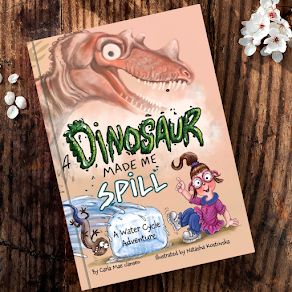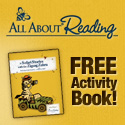These bear science experiments and activities are perfect for a bear theme, hibernation unit, forest theme, or just for fun! You could even use these science projects for a Teddy Bear Day science snack!
We love eating snacks and learning about different animals, so when we had the chance to learn about bear science by eating food we love (berries and nuts), everyone was pretty excited...me included! It turns out that this is the perfect way to combine bear themed science activities with a bear snack!
We also did a fun bear craft to go with this week's virtual book club book, Time to Sleep by Denise Fleming. Image below is an Amazon affiliate link:
Anyway, on to our three
Bear Science Activities:
All of these science experiments are based on one of our kid's questions this week:
"What do bears eat?"
So...on to the first experiment:
#1: How do bears pick berries?
Bear Fun Fact: More than 80% of most bears diet comes from plants!
One of bears' favorite things to eat are berries, but bear paws have five pretty big claws on them. You can imagine how hard it would be to pick berries with claws on each finger!
It turns out that bears pick berries with their lips! You can carefully "pick" berries with your lips too!
Put a pile of berries on a plate for each of your preschoolers and let them "pick" their berries like a bear! Honestly, my 1st grader loved this activity the most because we normally require our children to keep their faces up and away from their plates, and he was really excited to break the "manners rule" and "eat like a bear!"
Black bears and brown bears eat a lot of berries, plants, and insects. Bee stings don't bother them, so they love honey and grub. Some bears specialize in certain foods (like the famous grizzlies and salmon).
#2: What are bear teeth like?
Bear Fun Fact: Bears have 42 teeth, including incisors, canines, and molars/pre-molars.
Incisors are a lot like the front four teeth in people! They're really good for clipping food (like berries or grasses). Canines are really big, sharp, pointy teeth. They're perfect for grabbing a log and ripping it open so a bear can eat a bunch of ants or grub. Finally, just like people, bears have mostly flat but slightly bumpy molars and pre-molars. These are perfect for grinding up nuts and leaves.
For this bear experiment, give your kiddos some "bear food" (like berries, fish, or nuts) and some "teeth" (I used a fork and spoon to represent the pointy incisors and canines and the smoother - though still bumpy - molars and pre-molars). Ask your kids if they can figure out which silverware represents which teeth. Then encourage them to "chew up" the food on their plate. Once it's all chopped up, they can eat it (if they still want to, lol)!
#3: How much food does a bear eat?
Bear Fun Fact: A brown bear preparing for winter can eat 90 pounds of food every day!
For this bear experiment, serve your children a cup (or 1/2 cup, depending on their appetite) of berries, salad greens, and nuts. Weigh it on a kitchen or classroom scale. Let your children eat it and decide if they're full! Measure and weigh how much "bear food" it takes to fill up your kiddos! Compare it to what a bear eats in the fall! Why do you think there's a difference?
What was your favorite bear experiment? What about your favorite bear snack? I'd love to hear from you!!
Do you love bears? If so, you may want to check out our fun bear craft, "B is for Bear" printable, and more bear science experiments! I'm putting all our bear science projectsa and activities together soon, so keep watching for an easy bear theme too!
Happy Educating,
I may share at any of these parties!

Never miss another post again! Sign up for our weekly updates newsletter and get links to all our posts once a week in your inbox! Sign up here!!

























0 comments:
Post a Comment